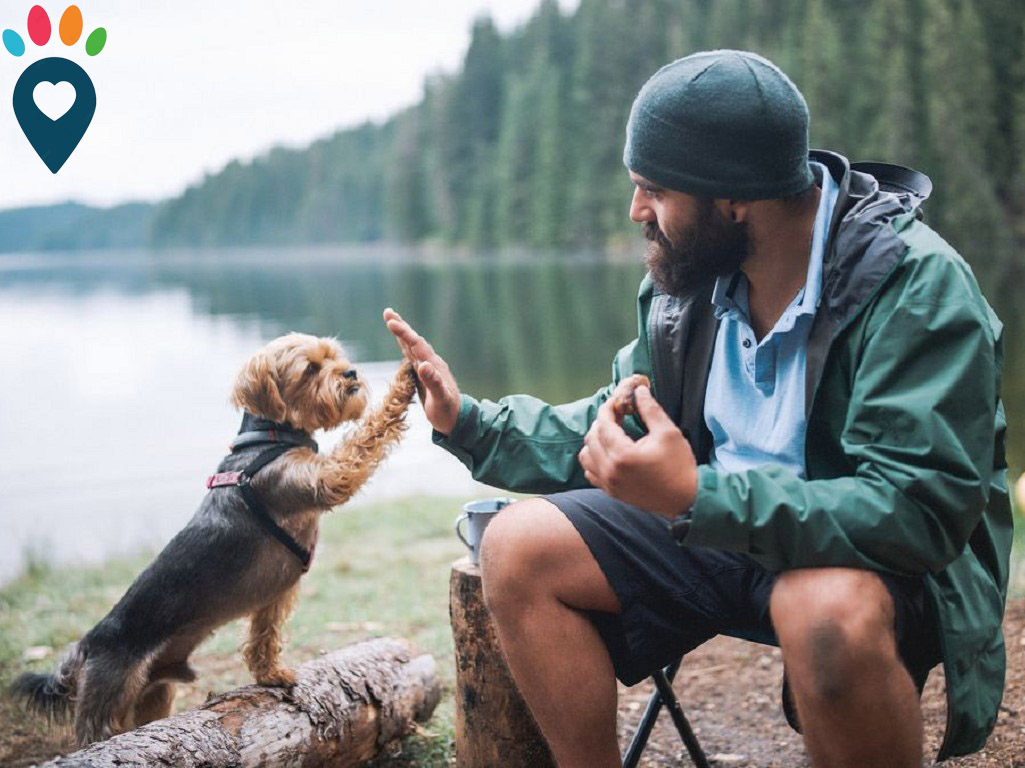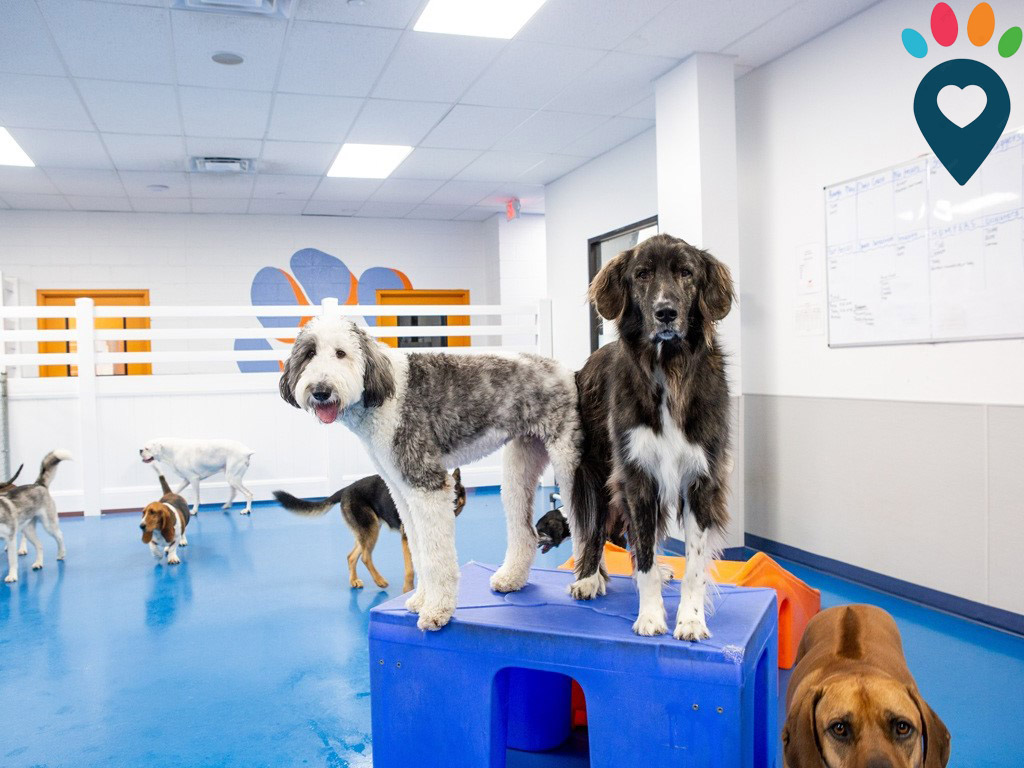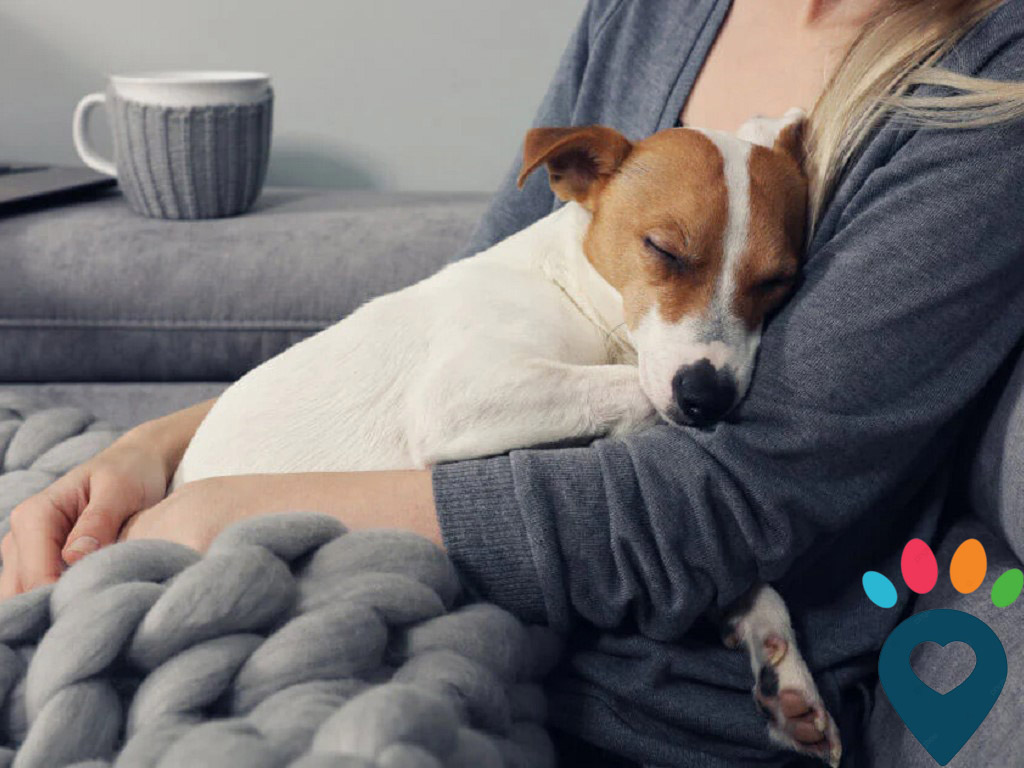
How Much Exercise Does Your Dog Really Need
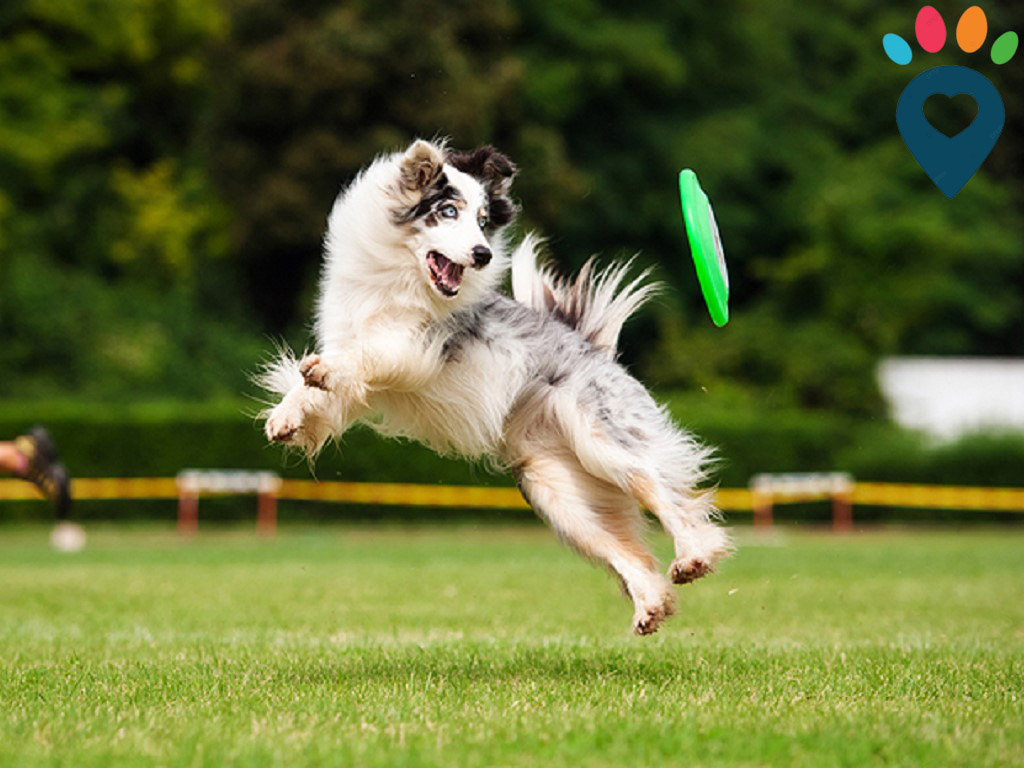
As a loving pet owner, you definitely want your dog to have a healthy body. Regular exercise plays a key role in helping your dog stay healthy, happy, and well-behaved. You may wonder how much is enough. In fact, your dog’s exercise needs depend on factors like breed, age, size, and overall health. For instance, some pups thrive on hours of high-intensity activity, while others may do best with shorter, more relaxed outings. In addition, you need to understand the purpose of exercise for dogs is to prevent boredom, anxiety, and destructive behaviors - and to ensure a long, vibrant life. In this article, we’ll break down canine exercise needs into three key life stages: puppies, adult dogs, and senior dogs.
Benefits of Exercise for Dogs
Whether your dog is big or small, young or old, they need daily exercise. Daily exercise not only impact your dog’s physical health but also support their emotional and mental well-being. In terms of physical fitness, regular exercise helps maintain a healthy weight, supports cardiovascular function, strengthens muscles and joints, and improves digestion. Mentally, dogs can be stimulated through exploration, play, and problem-solving, which reduces boredom and curbs behavioral issues like chewing, barking, or digging. Emotionally, regular movement can ease anxiety, boost confidence, and enhance overall happiness—especially when exercise involves bonding time with their human.
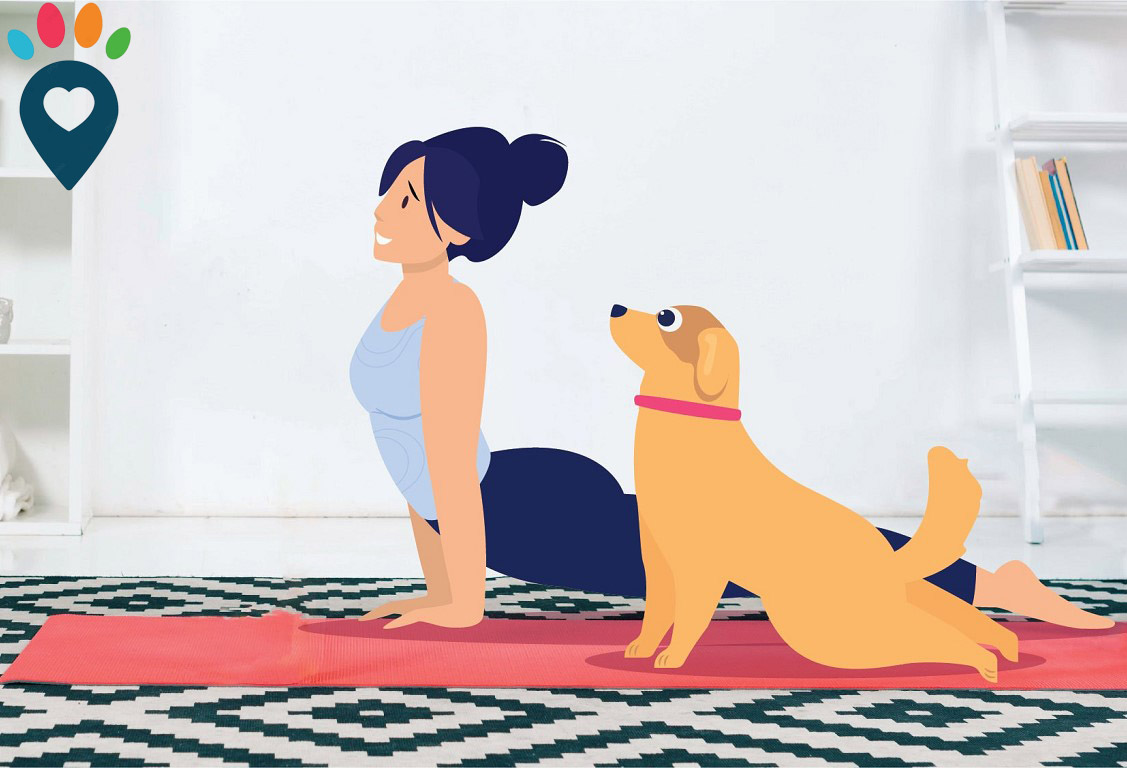
How Much Daily Exercise Does a Puppy Need?
Puppies are full of energy and eager to explore, but as newcomers to the world and to physical activity, they lack the stamina to match their enthusiasm.
For your puppy’s safety, it’s best to start with shorter play sessions. Although puppies experience sudden bursts of energy, they also require long periods of rest to recover. You can start by taking your puppy on a few short walks or play sessions throughout the day to gently introduce them to exercise.
While regular exercise is benefical for your puppies, too much exercise is harmful to your new best friend’s developing mind and body. Therefore, don’t overwork them. At around one year old, your puppy’s bones and joints are fully grown, you can make them your running partner.
Additionally, puppies need to be protected from excessive exposure to the outside world until they’ve completed their vaccinations and their immune systems are fully developed. The best choice is having the majority of your play sessions indoors.
Learning about your puppy’s breed is also important to determine the right amount of exercise, as different breeds have vastly different energy levels, physical capabilities, and developmental needs. For instance, herding or working breeds like Border Collies or German Shepherds tend to require more physical and mental stimulation to stay balanced, while toy breeds or brachycephalic dogs like Pugs may tire more easily and need gentler, shorter activity.
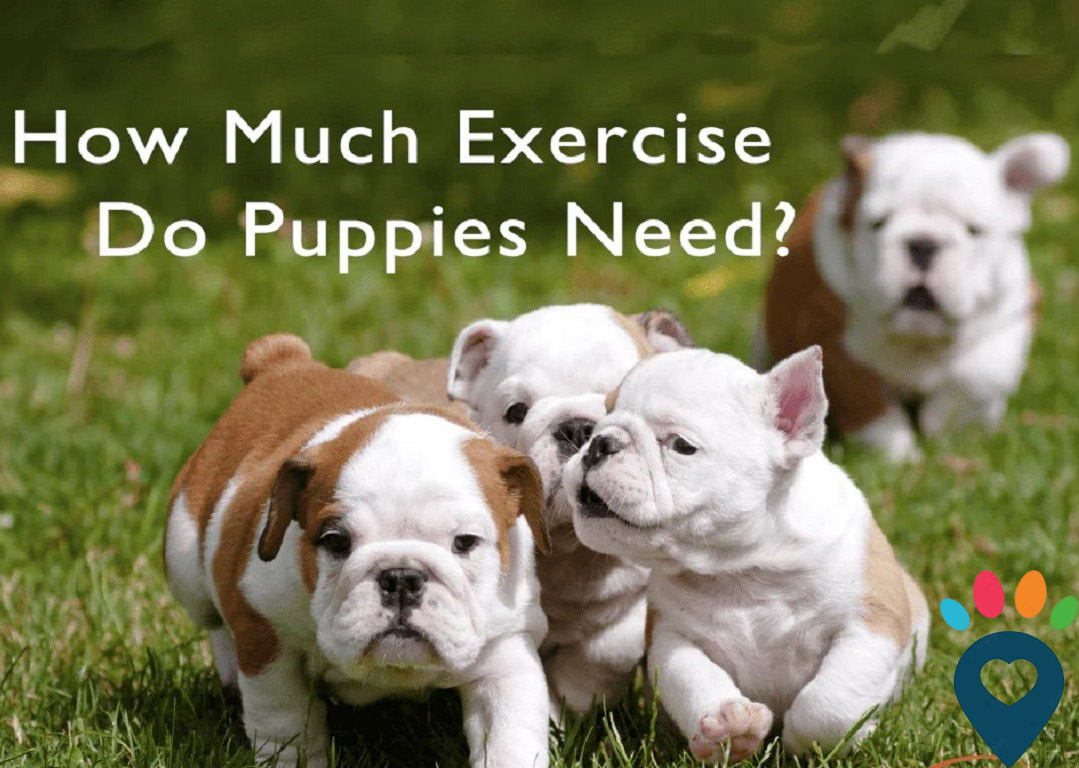
How Much Exercise Does an Adult Dog Need?
Just like humans, adult dogs require different amounts of exercise depending on their breed, age, size, and overall health. For instance, high-energy dog breeds like Border Collies, Labrador Retrievers, or Huskies often need more intense and prolonged activities such as running, agility training, or long hikes. While lower-energy or brachycephalic breeds like Bulldogs or Shih Tzus may do well with shorter, gentler walks combined with light play.
Therefore, choosing the right balance of physical and mental exercise tailored to your dog’s personality and physical condition will help them stay fit, calm, and happy throughout adulthood.
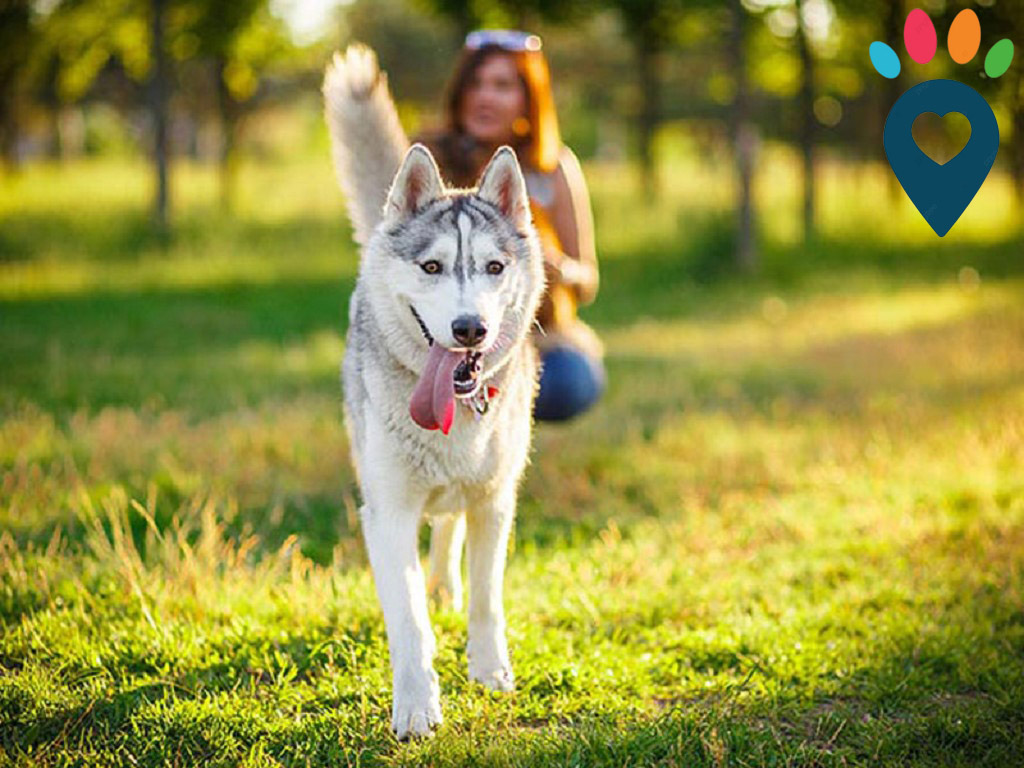
How Much Exercise Does a Senior Dog Need?
As dogs age, their energy levels and physical capabilities naturally decline, but they still need adequate exercise to maintain their health and behavioral well-being. While senior dogs don’t need as much intense activity as younger dogs, they still benefit greatly from gentle, consistent movement tailored to their abilities.
In general, most senior dogs do well with two or three short walks a day, combined with light play or low-impact activities like sniffing games, slow-paced fetch, or swimming (if joints allow). These activities not only help your dog maintain joint flexibility, muscle tone, and a healthy weight, but also support mental stimulation without putting unnecessary strain on their aging bodies.
As we all know, senior dogs usually have some physical problems, so you need to watch for signs of fatigue, stiffness, or discomfort and adjust routines as needed.
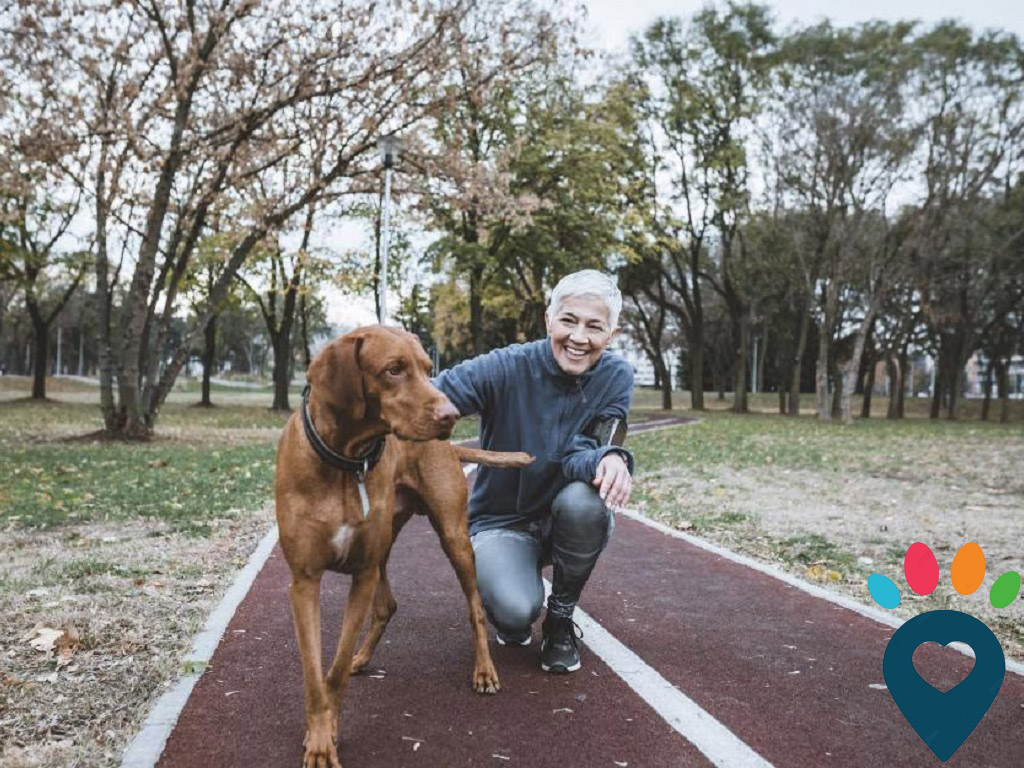
Dogs That Don't Need Much Exercise
Considering breed traits, physical structure and health conditions, some dogs may need less exercise than others. So it you don’t have enough time to do exercise with your dog, consider the following dog breeds that require less physical activity.
• Flat-faced breeds: The flat-faced breeds, such as Bulldogs, Pugs and French Bulldogs, don’t need much exercise. Because their short snouts and compressed nasal passages make it harder for them to breathe efficiently.
• Chihuahuas: As we all know, chihuahuas are famous for their small size. The tiny size make them can’t tolerate the intense activities, even a short walk or a few minutes of indoor play can give them the physical stimulation they need.
• Dachshunds: Both miniature and medium size Dachshunds require minimal exercise. Because their short legs and long spine make them prone to back injuries.
• Basset Hounds: Basset hounds have long back and short legs, this trait make them prone to back injuries.
• Mastiffs: Because of Mastiffs’ massive size, low-energy temperament, and susceptibility to joint and heart issues, they just need daily but limited and low-intensity exercise to maintain muscle tone and prevent obesity.
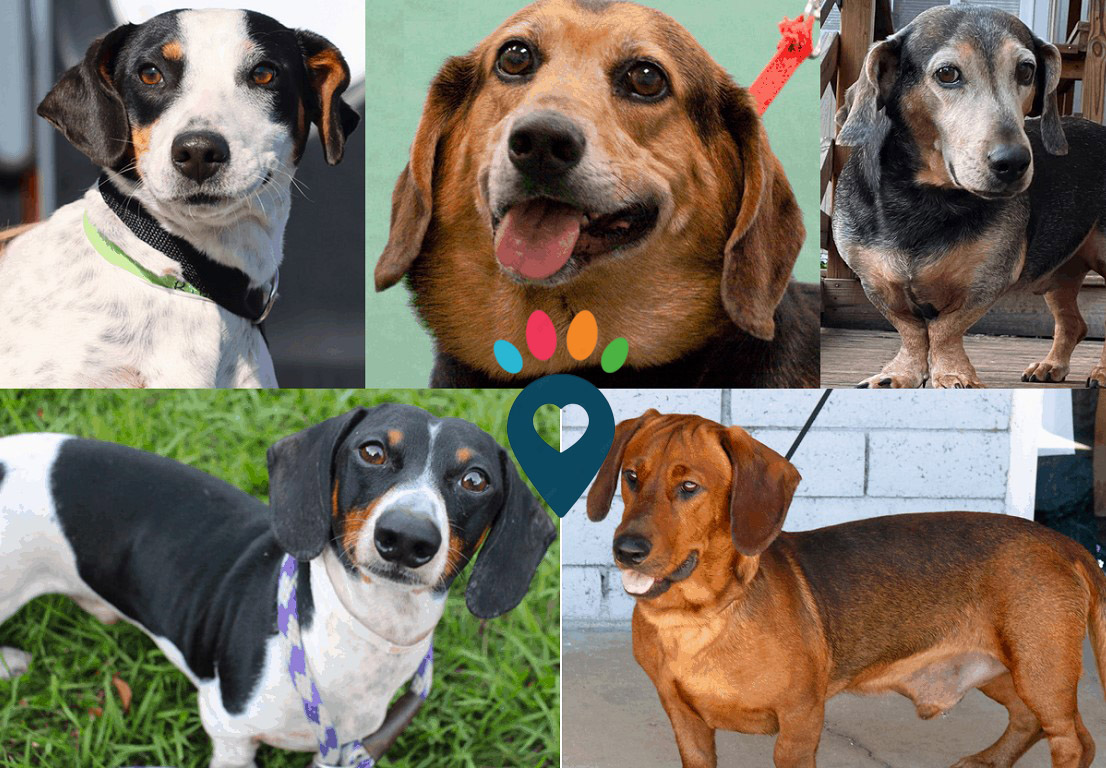
Tips for Exercising Your Dog Outdoors
Exercising your dog outdoors is a good way to keep them physical and mental health, but it’s important to do it safely and smartly. The following are some important tips to keep in mind when exercising your dog outdoors.
• Give your dog time to build up stamina: Just like humans, dogs need to gradually adapt to new levels of physical activity. Therefore, building up your dog’s stamina and fitness level is crucial to prevent injury and long-term health issues. You can start with short, low-intensity walks or play sessions, and add a few minutes to your dog’s daily activity every few days. When they adapt to the current intensity, you can incorporate varied exercises like walking, jogging, fetch or swimming.
• Use equipment that’s comfortable for them: Using comfortable equipment helps ensure safety, control, and a positive experience for both you and your dog. In contrast, uncomfortable gear can cause chafing, restricted movement, breathing difficulty, or even injury, especially during longer walks or vigorous activities.
• Give them a warmup and cooldown period: Just like you need a warm-up and cooldown when exercising, so does your dog. The reason is that a proper warm-up helps gradually raise your dog’s heart rate, loosen their joints, and increase blood flow to muscles, preparing their body for more intense activity. Meanwhile, a cooldown period after exercise helps your dog’s body return to a normal state, preventing dizziness, stiffness, or cramping.
• Be careful with hot weather: In fact, dogs are much more sensitive to heat than humans. Because dogs don't sweat through their skin, they regulate their body temperature primarily by panting and through limited sweat glands in their paw pads. For instance, in hot summer days or warm conditions, hot pavement can burn your dog’s pay pads, and intense exercise in high temperatures can lead to dehydration, exhaustion, or even collapse.
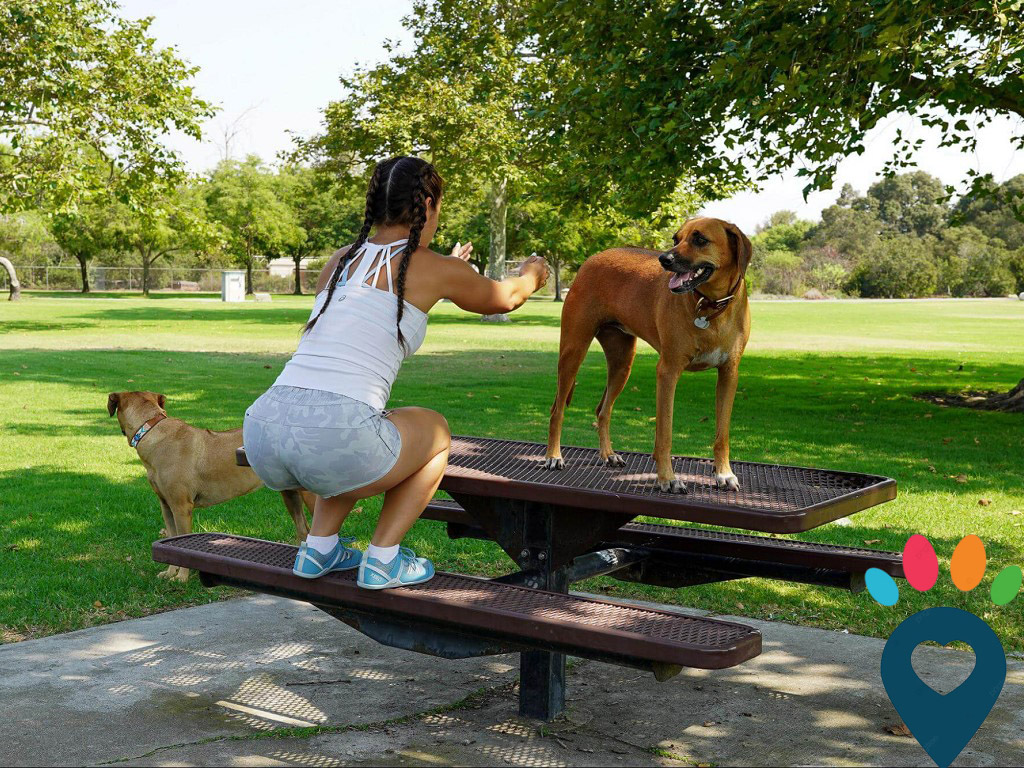
The amount of exercise is crucial for every dog to keep them healthy, happy, and well-behaved. Whether for energetic puppies, mature adults, or slower-moving seniors, they have their own activity requirements. Therefore, you need to observe your dog’s energy levels, physical condition, and behavior, and adjust their routine accordingly. In addition, to ensure your dog’s safety and health, you need to make proper preparations before doing exercise.
